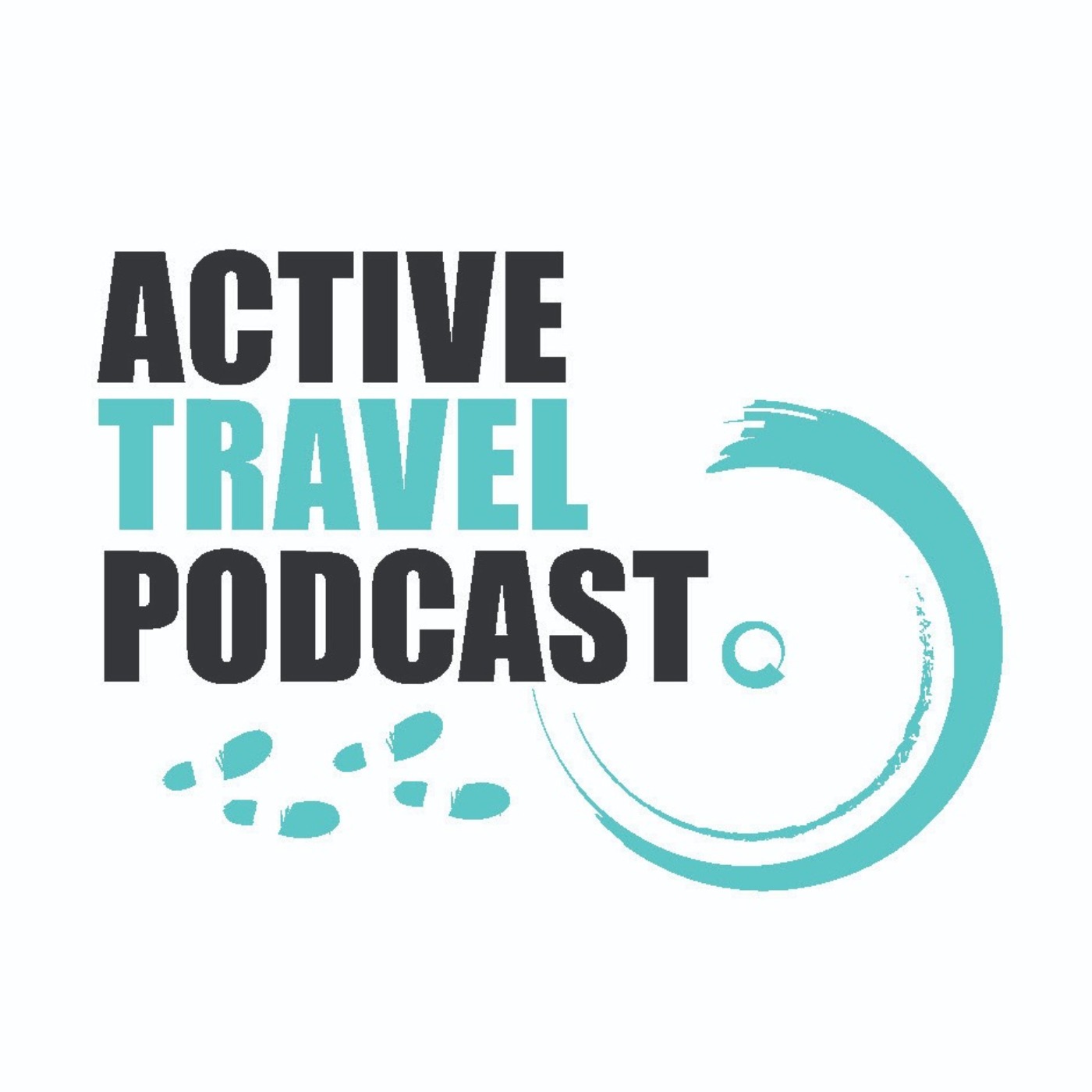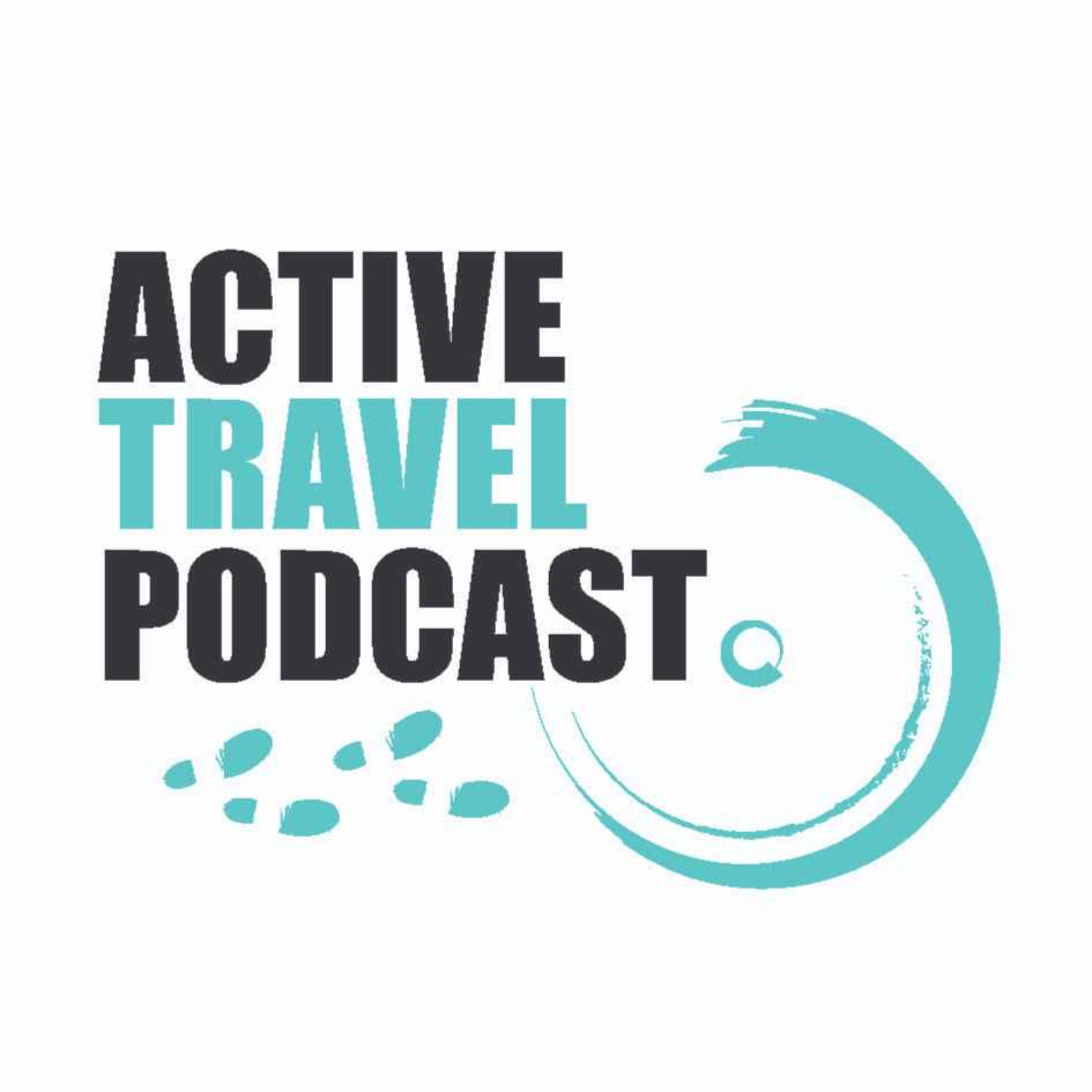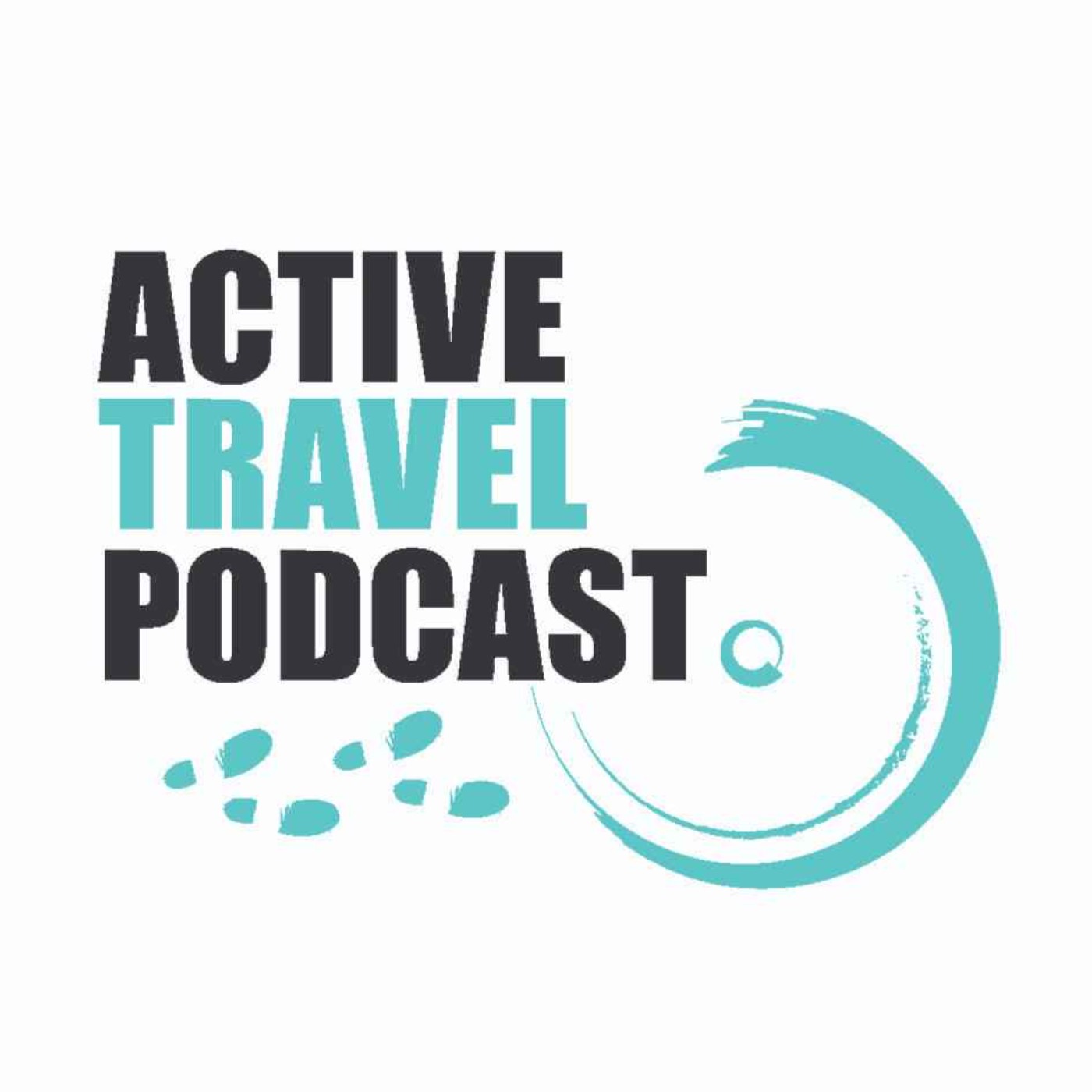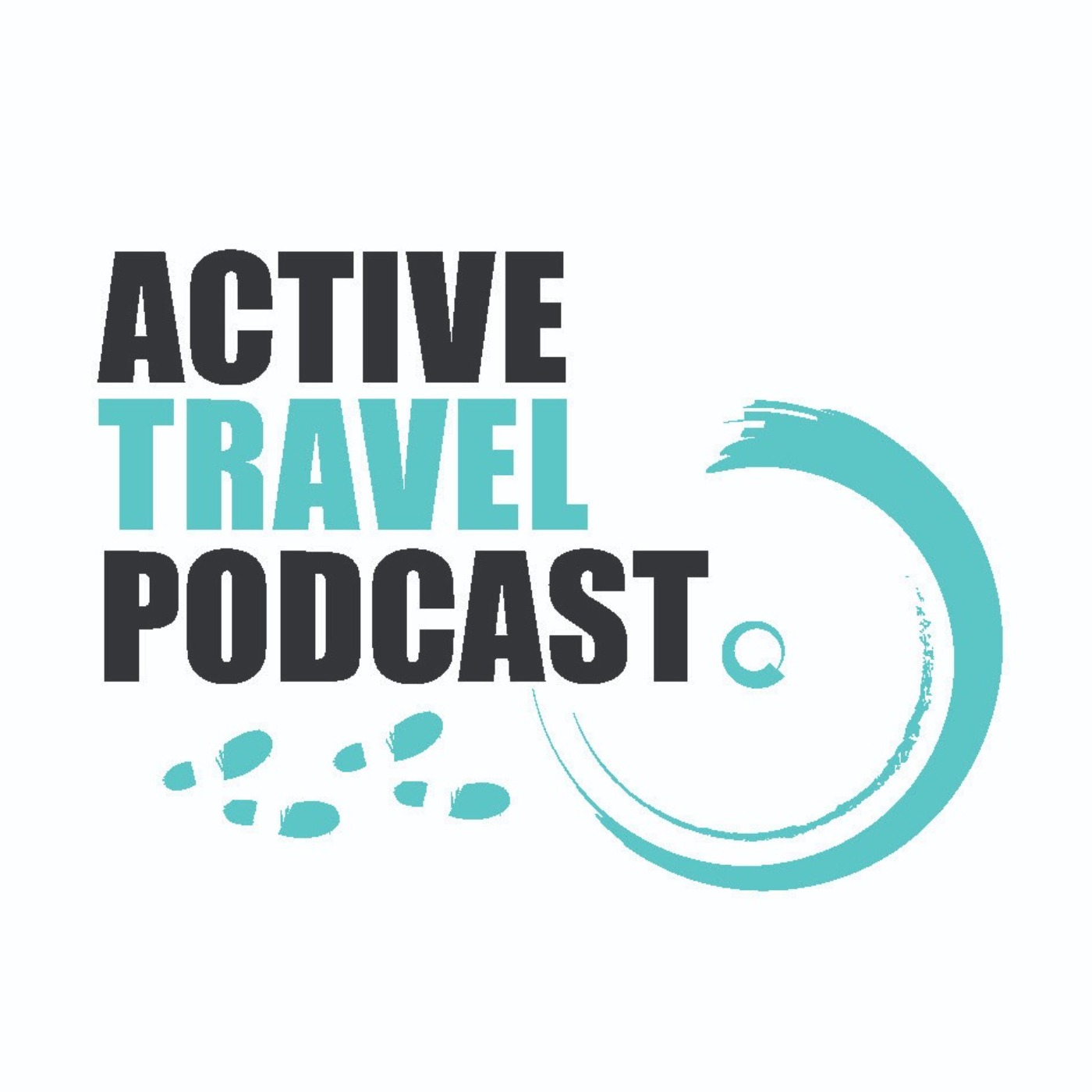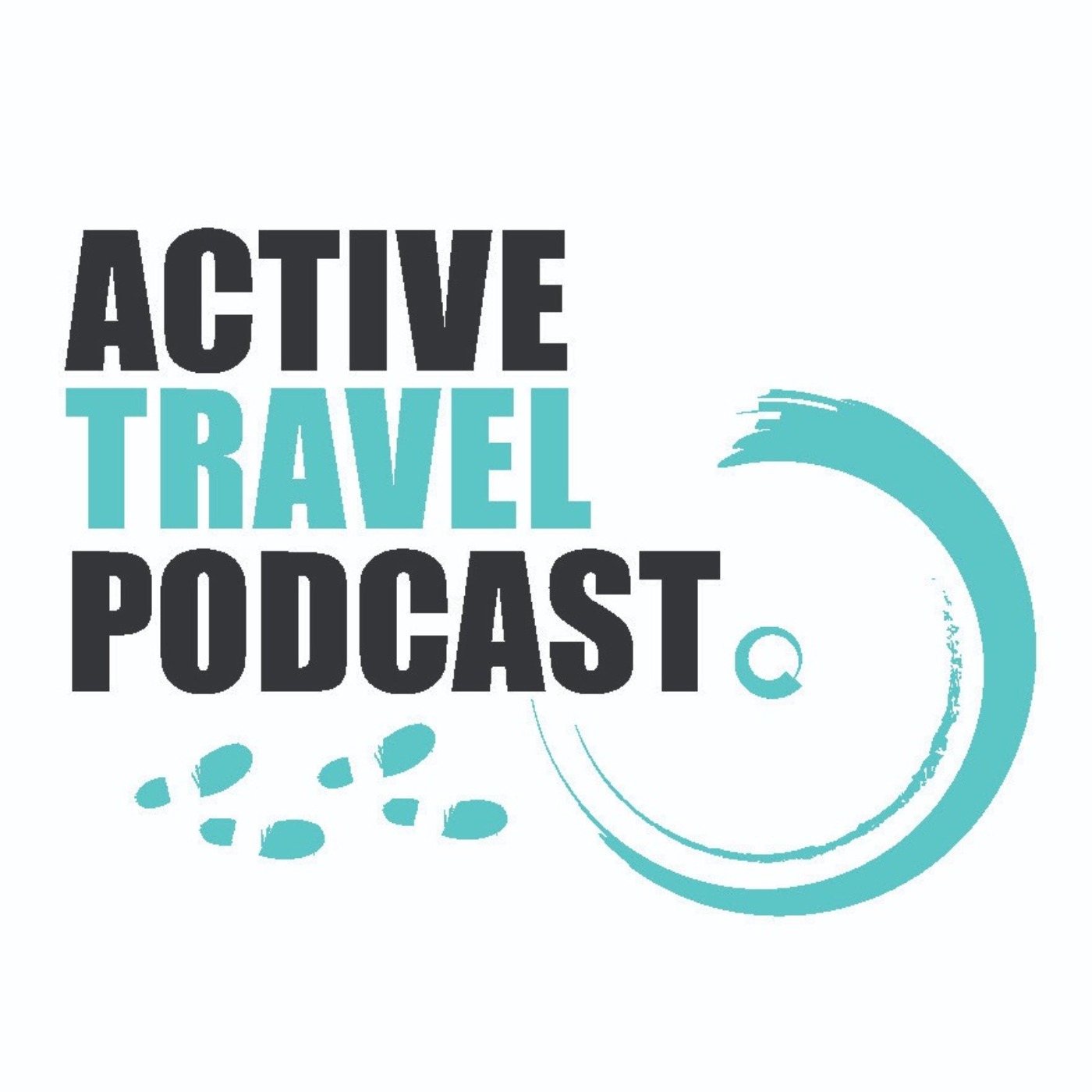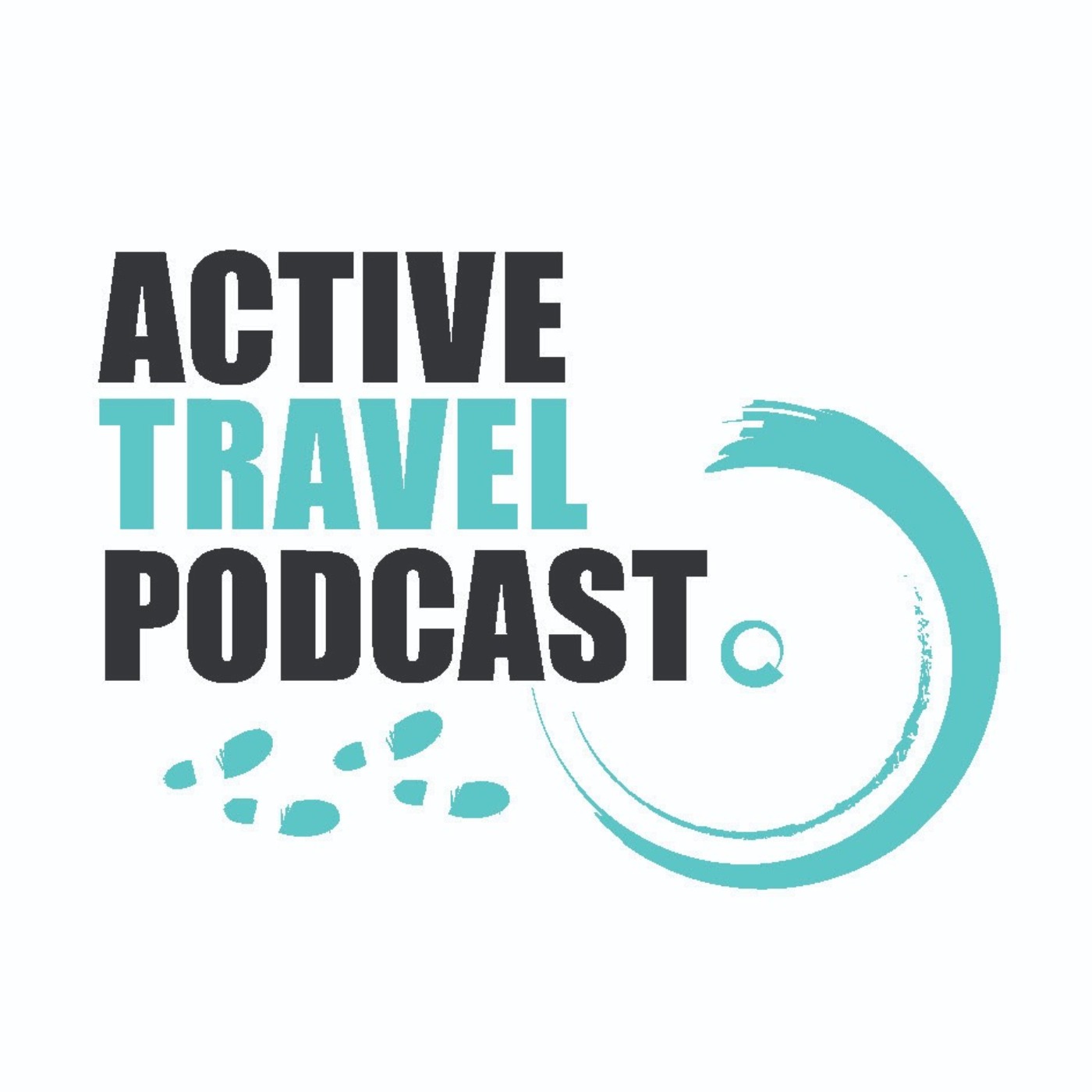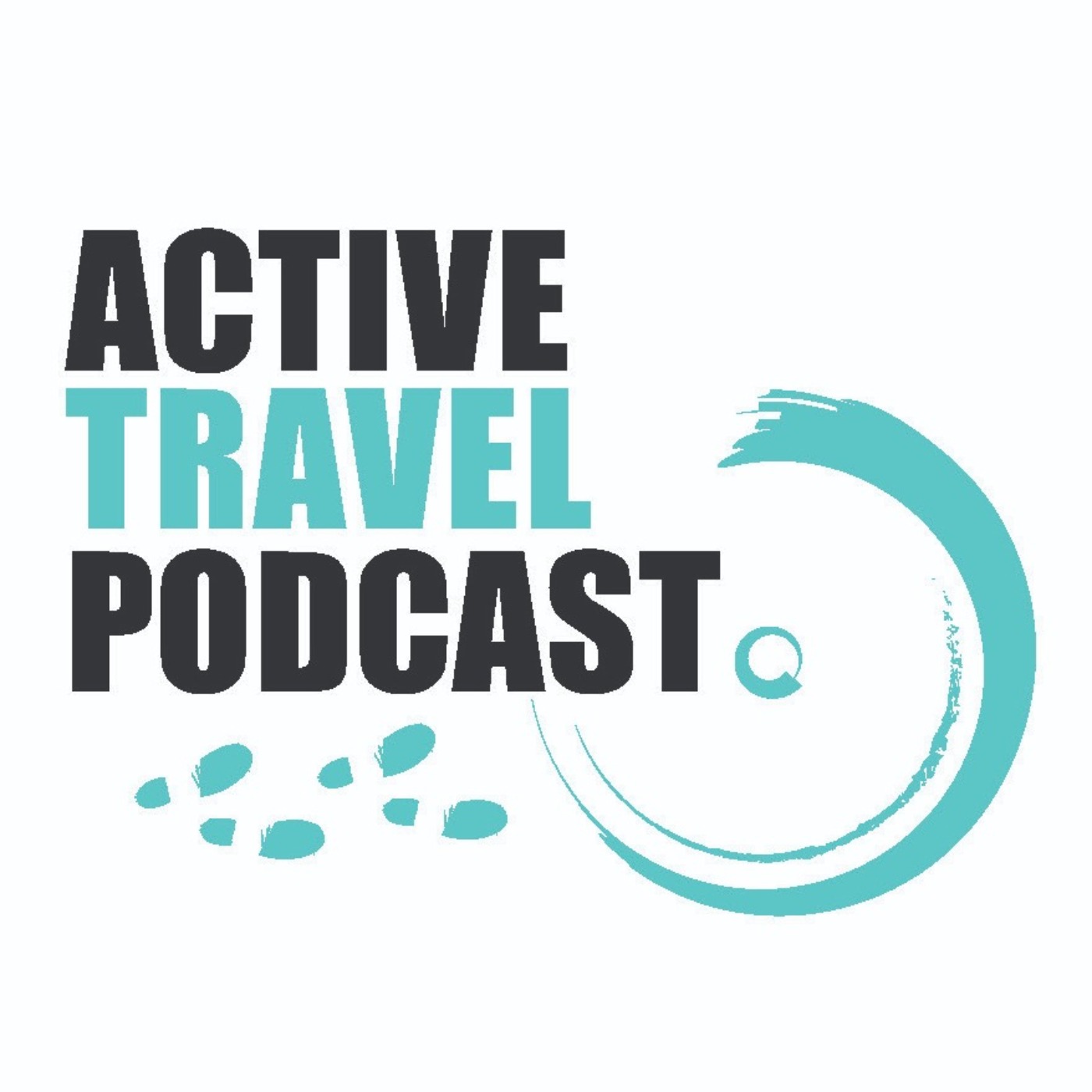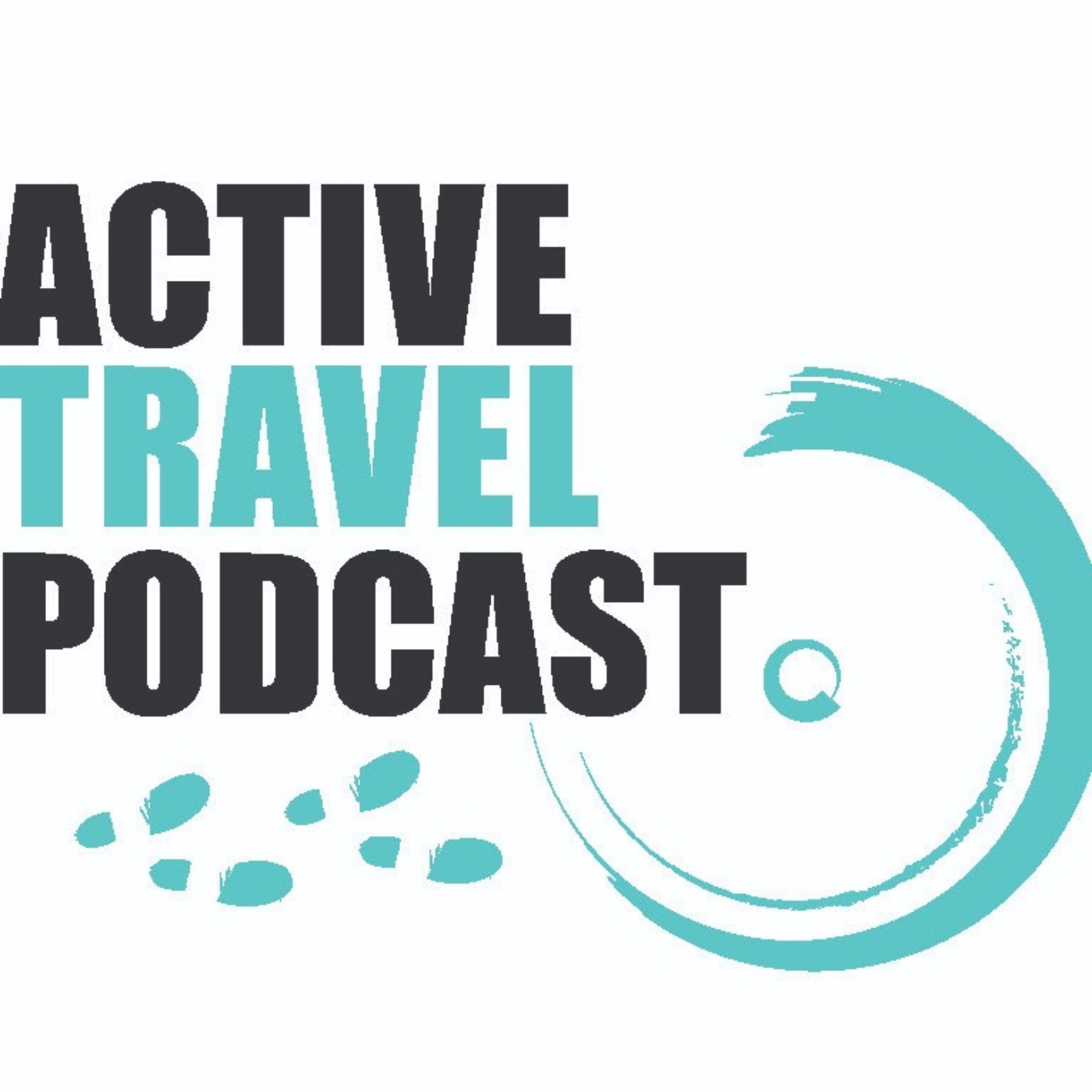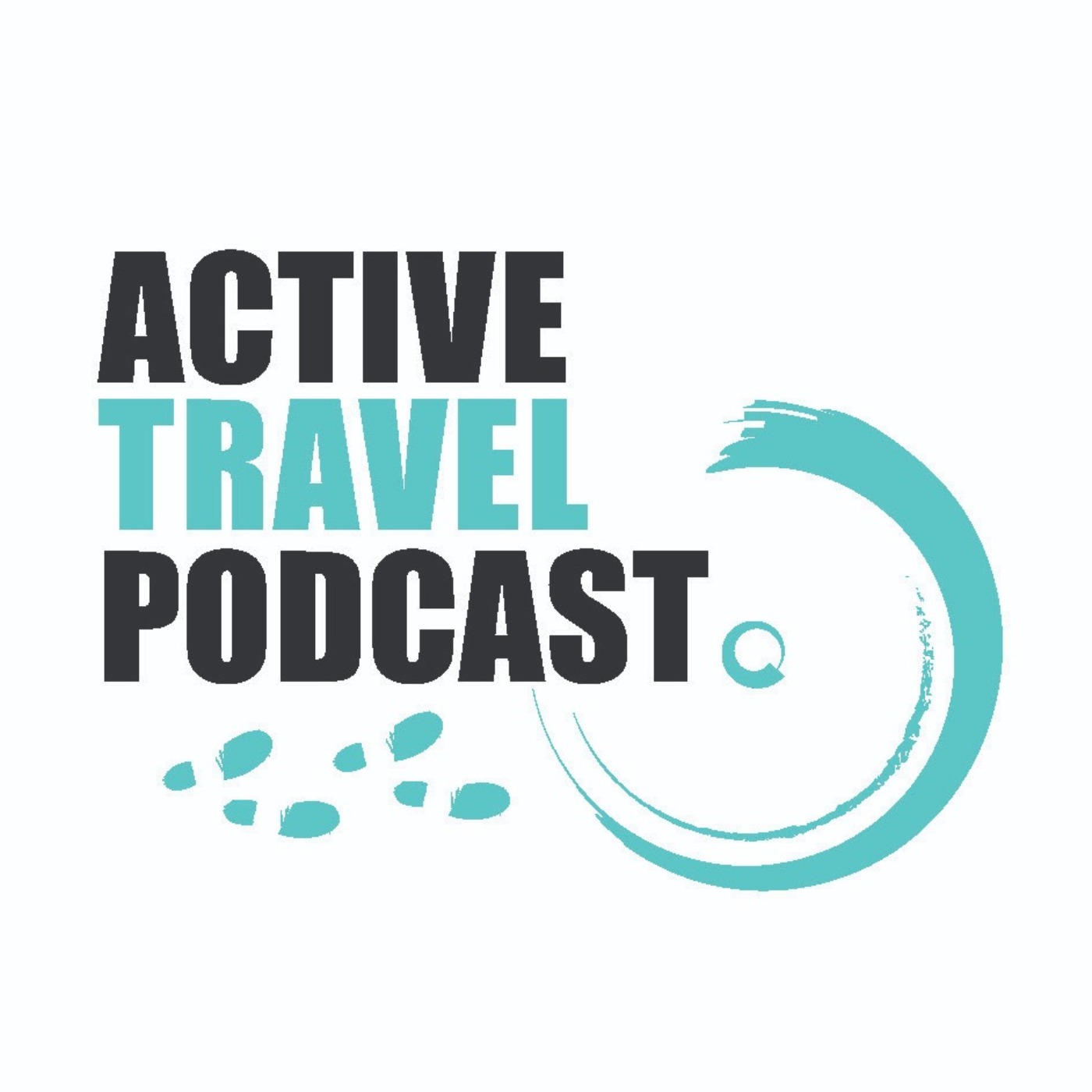Some of the most exciting active travel research is done as part of a PhD, and this is our first Active Travel Podcast to showcase a couple of recent PhD studies.These two projects, from Dr. Katja Leyendecker and Dr. Emma Mbabazi, use qualitative methods to dig into the how and the why of travel. Katja’s project tackled questions around policy, advocacy, and governance, with a mix of methods from retrospective video diaries to semi-structured interviews. Emma conducted over 80 in-depth interviews with commuters, to get their ‘mobility biographies’, i.e. how transport has fitted in with their lives, and vice versa, over time. They’re both very different projects, but each tells us a lot about how and why things change – or (perhaps more often) don’t change. Katja’s work can be found at https://katsdekker.wordpress.com/ , including blogs and links to her published thesis and articles.Emma’s LinkedIn page, with info and article links, is here https://www.linkedin.com/in/emmerentian-mbabazi-ab6b7459/?originalSubdomain=ug, and her PhD thesis is here https://www.ros.hw.ac.uk/bitstream/handle/10399/3292/MbabaziE_1216_egis.pdf?sequence=1&isAllowed=yTRANSCRIPTRachel 00:01Hello, and welcome to the Active Travel Podcast. I'm Rachel Aldred and I’m the director of the Active Travel Academy. And in this episode I'll be talking to Dr. Katja Leyendecker and Dr. Emma Mbabazi about their two PhD research projects. PhDs involve somebody focusing on the topic for at least three years and doing some really in-depth innovative research. So I wanted the Active Travel Podcast to also capture some of this and translate it into a form that hopefully people will be able to engage with over around half an hour of conversation with the person who did the PhD. Katja’s PhD focuses on cycling, advocacy and activism and transport planning, and Emma's focuses on commuting behaviour, and what are called travel scripts. In the first half I talk to Katja and in the second half to Emma in the about their different but complementary PhDs, both using these really exciting and in-depth qualitative methods. I hope you enjoy it. Very excited to have with me today Katja Leyendecker, who completed her PhD last year in 2019, which is on cycling advocacy, activism and policy. And so hello, Katja really pleased that you're with us.Katja 01:16I'm certainly the one who was pleased, Rachel. Great. It's great to be here.Rachel 01:20Brilliant. So I've got some fairly general questions. And we'll kind of drill down into bits of the thesis as we go. But I wonder if we could just start by because you had maybe a slightly unconventional path to the PhD as well. A lot of people do. So I'm just wondering when you started the PhD, and before you started the PhD, so maybe four or five years ago, maybe even longer when you're thinking about doing a PhD? What motivated you? Was it a sudden decision or something you'd been thinking about for a while?Katja 01:52I started thinking about, let's call it going back to university. When I was still working as an engineer, so, I came out of these kinds of technical – I'm a civil engineer by training. So it's all about the applied natural sciences, big data sets, and I worked in water engineering, which certainly had to do with big data sets and analysing them, and it was numbers and figures was my life. Engineers get themselves into these careers of team leaders, project managers, programme managers, and that was part of what I did as well. But I had started to be a bit uncertain about how the future would pan out. That it felt as if there was a almost like a bit of a dead end. It was interesting to be in engineering to start with, I think I'm someone who always likes the excitement of something new, I like starting new things as well as I might add that here as well as finishing them! So it's not that I'm one of these kind of starting off projects and finishing nothing kind of person.I kind of looked ahead in engineering and couldn't really see where I was going and was slightly kind of started to be disillusioned. And it was a time of my life where I also felt being a woman in engineering is hard work. There’s a lot of inequalities in that and it’s often quite difficult to talk about them as well because if the field is not prepared to listen and to receive maybe a bit of mild criticism and deal with it flexibly, you know, it can be unwelcoming, and that's kind of what it felt to me at the time. And so I started looking at what's going to be my next step. And bearing in mind I was let's say 37,38 at the time that I started to think like that. And yeah so there was always the open mind to well, I've got a master's degree, go to university do another master's degree, a PhD sounds great actually, now that I think about it and and as I've always found in my life anyways, that when you start to think about something and then talk about it as well, sooner or later, some doors open and that's happened to me here that I got together with Seraphim Alvanides, who works at Northumbria University and is also interested in geography and the sociology of cycling and especially the big data streams of it. And we started to think about how we could get me into university. And that was our little project for a couple of years. And eventually it, it turned out to be the case that I had written a PhD proposal. I applied for it, interviewed for it, and it was supposed to be about infrastructure, women and space and politics. And, and that's where I started. I was 42 at the time, I was just almost on my 42nd birthday that I started my PhD jungle journey. And yeah, and that's how I got into it so sort of developed over the years and became more and more possible. And then really concrete in the end and that was exciting and scary, huh?Rachel 06:05Wow. Yeah. And that this sort of this specific idea of the PhD was something presumably very linked to some of the advocacy and activism that you were doing yourself as well as to some extent your engineering, the engineering experience.Katja 06:19Definitely. I realised Of course, later on that my mind was quite heavily shaped by my engineering training. But also when I started the PhD, it came about because I was interested in in cycle activism so nothing to do with water engineering at all, nothing with engineering and not much with water, either. And, yeah, that was the starting point for that, that in 2010. I was really starting to be frustrated and disillusioned with Newcastle Council and the politics that happened there around transport. And I had started to form a campaign, co-founded a campaign with Claire Prosper in Newcastle. So two of us got together, and then set up a petition had garnered 800 signatures, handed it over to the council. That's kind of the history to that before my kind of disillusionment started, but nothing is happening. Yeah, everything's so clear, we need to do something, we need to devise ways of getting out of this and allocating space to cycling and walking and yeah, it was the activism that got me into university it was the activism that that Seraphim and I collaborated on. That was the point where it came together.Rachel 08:04So that motivated you to sort of study it to study the activism and the advocacy and to learn more about it through the PhD?Katja 08:11Definitely. Well, that's that's almost, two years into the PhD because I got into the whole thing, with an engineering mindset, technical figures, numbers, and let's create some data sets and let's analyse them and it took me two years to figure out and it's not, through the lack of helping from others, from university folks, it took me for me personally to understand these two years to, to see that it's the activism that really interests me in it. It's the activism, how it clashes with the politics for transport that interests me as well as being a woman campaigner interested me in it as well, because we've had all sorts of talks about such as me being a woman in this, that makes it so difficult or where does it all come from? And yeah, so yet again, another not so straightforward pathway, it started off with me doing a lot of reading, talking to people, the term ethnography started to come up. And I started in something that for an engineer, ethnography, that’s wholly sitting in sociology, it had nothing to do with me. And it took ages. If I look at it, through really rather critical eyes, it took kind of two years for me to have the confidence to understand ethnographic methods, feminist methods, critical theory methods, as well as you going one step beyond, which is using not just ethnography, but also ethnography. So, that was yet another final step that I, that I took. And I have to say, I mean Rosie Parnell, my supervisor, she was just, so helpful. And so patient I mean, Seraphim was patient as well, with this, this journey that I underwent. And Rosie really supported me in auto ethnography, and not just supported me, but made me understand, the important aspects of it, what I should focus on, sort of slashed the pathway free a little bit for me so that I could start to look ahead and so whilst I say it's my own journey, in the end, there were so many people sitting on the sidelines, kind of cheering me along, and really helping me and, kind of the research community as well as the activists and so many different aspects coming together that meet the PhD so multitudinous somehow as well, that's quite a few aspects in it that needed to be brought together.Rachel 11:18Yes, I mean, and that's one of the things that I found most fascinating about it was this intense mix of qualitative methods and I've dabbled a little bit with ethnography, but nothing like the intensity of what you've done. So I wondered if you could describe, for the podcast listeners who may not be familiar with this kind of methods what you specifically did in this?Katja 11:39And now just pearls of sweat start forming on my head!Yes. So that's,



